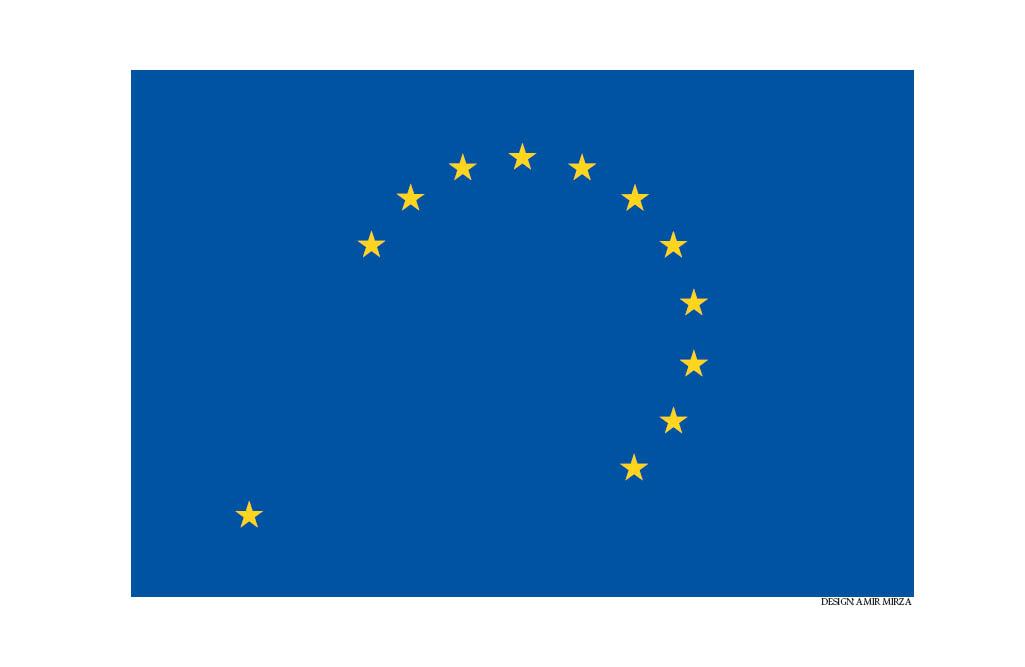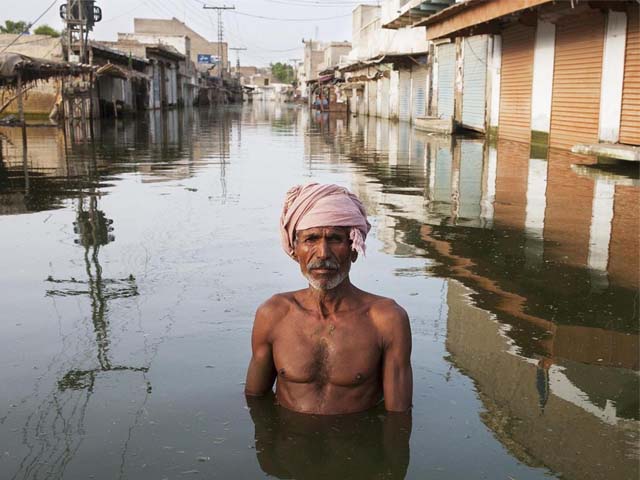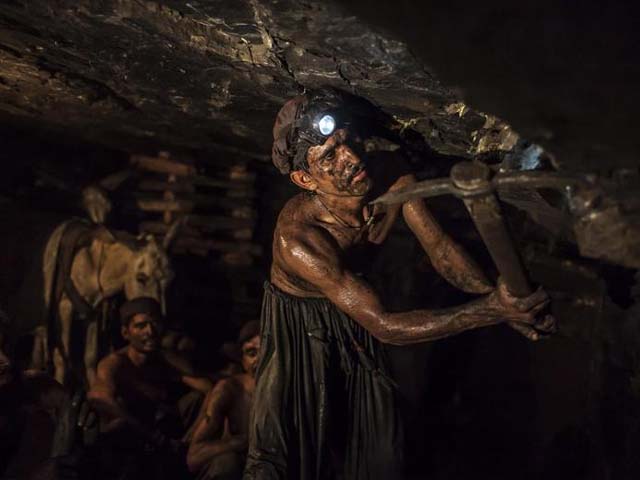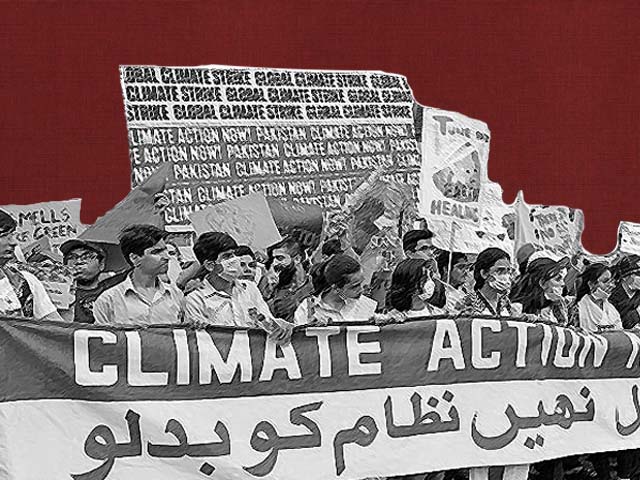
The Korean borders: Another version of Wagah border?
Should demarcations, borders, boundaries or defenders of the blurry end tell us who we are?
I have always wanted to go to Imjingak, located near Seoul, in South Korea. Being a media professional, my wish was granted when I got to travel to the Freedom Bridge for a news feature I was doing for Madang Live.
Having woken up to rain, we made it to Imjingak where the Freedom Bridge lies. Photography was prohibited, except where we were given explicit permission. We were not allowed to point at anyone or anything. If a North Korean waved at us, we were not allowed to wave back.
Freedom Bridge, with its striking ribbons conveying the hope of millions for Korea’s reunification, added colour to the Korean Demilitarised Zone (DMZ). The Korean DMZ splits up the Korean peninsula in two, setting out a buffer zone which cannot be inhabited.
Visitors are bussed every year to this most militarised, mine-laden border in the world.
 Tourists walk on the Bridge of Freedom in front of the Imjingak Pavilion, near the demilitarized zone separating the two Koreas, in Paju, north of Seoul. Photo: Reuters
Tourists walk on the Bridge of Freedom in front of the Imjingak Pavilion, near the demilitarized zone separating the two Koreas, in Paju, north of Seoul. Photo: ReutersWhile standing at the freedom bridge in Paju, South Korea, my mind began racing and I was transported to the Wagah border (between India and Pakistan). The act of the bizarre ‘Beating Retreat ceremony’ flashed before me, where paramilitary border guards take part in an exaggerated military drill. Pakistani and Indian guards march, slamming their feet to the ground before the border gates are closed. For years, they have taunted each other with puffed up chests and raised fists.
At the border, we entered the universe of control, where our liberty was stripped away and even as a child, while watching the Beating Retreat ceremony, I couldn’t understand why the crowds on both sides of the border were cheering.
Should demarcations, borders, boundaries or defenders of the blurry end tell us who we are?
At the end of the day, even the freest of free societies are un-free.
Yes, I could relate to the Korean division.
 The Wagha Border. Photo: AFP
The Wagha Border. Photo: AFPI can never forget the day when I crossed the Wagah border by foot and took a picture while standing between the demarcations. In that instance, I was making fun of the coercive forces which are charged with administering separations of all kinds – especially when they are based on imaginary differences.
In 1945, it was agreed that USSR and USA would divide Korea between them. In half an hour, a map and a ruler were given to the US colonels on the 38th parallel. A decision was made that a line would cut across a thousand years of Korea’s history as a unified nation. Contrary to economic logic, the resulting halves were interdependent; the south was given over to agriculture whereas industry was concentrated in the north.
Most importantly, the division was against the wishes of the Korean population.
 Tourists look at South Korean flags and reunification banners hung on a barbed wire fence, on Freedom Bridge at Imjingak pavilion near the Demilitarized Zone (DMZ) separating the two Koreas in Paju, north of Seoul. Photo: Reuters
Tourists look at South Korean flags and reunification banners hung on a barbed wire fence, on Freedom Bridge at Imjingak pavilion near the Demilitarized Zone (DMZ) separating the two Koreas in Paju, north of Seoul. Photo: ReutersWithout doubt, historians should be able to agree that the artificial division of a country usually creates more problems than it solves. The twentieth century is full of examples: Ireland in 1921, Germany after each of the two world wars, the Partition of India in 1947, the creation of Israel in 1948 and the breakup of Yugoslavia in the 1990s, to name a few.
The nation’s long history, economic situations, and public opinion were ignored while fostering the Korean divide in 1945. Polarisation of North and South under the Soviet and American occupation, in addition to the aggressive regimes supported by the superpowers, had ruled out peaceful reunification.
Koreans have always wanted to be reunited.
They want to be reunited with their families on both sides of the border.
(Video courtesy: Produced by Anam Gill for Madang Live. Copyrights to World Council of Churches (WCC) 10 Assembly)
Moving toward sunshine policy, toward reconciliation, will be a step forward to reduce human rights violations. It’s going to be a challenge; however, it is the only possible solution contradictory to undermining democracy and human rights.
While walking around, I noticed that the Korean DMZ which is rich in agriculture and nature. Seeing a grey heron flying across the sodden rice fields, unaware of the worldly hurdles, made me mock the imaginary differences putting millions in misery.
Crossing a frontier transforms you, it is said, as it is a wake-up call. At the frontier, we have to face the truth. Insulating us against the bitter realities of the world, the comforting layers of the quotidian are stripped away there. Standing wide-eyed at the frontier, we see things as they are.
Indeed, that place transformed me; it made me realise that it’s time to build bridges, break the cycle of revenge and violence and embrace the power of empathy.




COMMENTS
Comments are moderated and generally will be posted if they are on-topic and not abusive.
For more information, please see our Comments FAQ